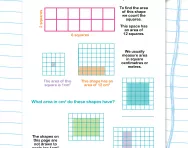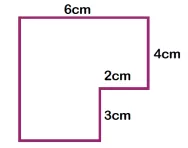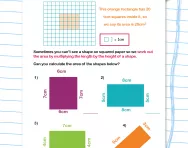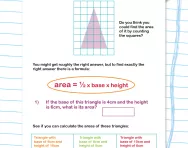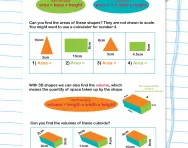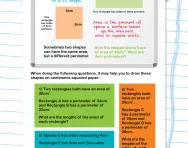Important update from TheSchoolRun
For the past 13 years, TheSchoolRun has been run by a small team of mums working from home, dedicated to providing quality educational resources to primary school parents. Unfortunately, rising supplier costs and falling revenue have made it impossible for us to continue operating, and we’ve had to make the difficult decision to close. The good news: We’ve arranged for another educational provider to take over many of our resources. These will be hosted on a new portal, where the content will be updated and expanded to support your child’s learning.
What this means for subscribers:
- Your subscription is still active, and for now, you can keep using the website as normal — just log in with your usual details to access all our articles and resources*.
- In a few months, all resources will move to the new portal. You’ll continue to have access there until your subscription ends. We’ll send you full details nearer the time.
- As a thank you for your support, we’ll also be sending you 16 primary school eBooks (worth £108.84) to download and keep.
A few changes to be aware of:
- The Learning Journey weekly email has ended, but your child’s plan will still be updated on your dashboard each Monday. Just log in to see the recommended worksheets.
- The 11+ weekly emails have now ended. We sent you all the remaining emails in the series at the end of March — please check your inbox (and spam folder) if you haven’t seen them. You can also follow the full programme here: 11+ Learning Journey.
If you have any questions, please contact us at [email protected]. Thank you for being part of our journey it’s been a privilege to support your family’s learning.
*If you need to reset your password, it will still work as usual. Please check your spam folder if the reset email doesn’t appear in your inbox.
What is area?
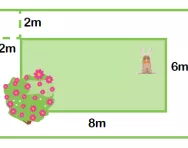
What is area?
Area is the term used to define the amount of space taken up by a 2D shape or surface. We measure area in square units : cm² or m².
Area is calculated by multiplying the length of a shape by its width. In this case, we could work out the area of this rectangle even if it wasn't on squared paper, just by working out 5cm x 5cm = 25cm² (the shape is not drawn to scale).
Learning about area in primary school
In Year 5 children will be expected to use the formula (length x width) to work out the area of a rectangle. They will often be given rectangles not drawn to scale, so will need to remember this formula. They also need to estimate the area of irregular shapes.
In Year 6, children will need to work out how to find the area of an irregular shape, such as the following. Often, not all the measurements of each side will be given to make this harder.
A good way of finding the area of a shape like this is to split the shape up into smaller shapes and then work out the area of each of these. The areas of the smaller shapes can then be added up to find the answer.
Children in Year 6 also learn to calculate the area of parallelograms (base x height) and triangles (base x height ÷ 2).
Children will sometimes be asked to solve worded puzzles or investigations about area, where no pictorial representation is given, for example:
A rectangle has a perimeter of 36cm. What could the area of this shape be?
There is more than one possible answer to this question. One way of working out a possible answer would be to draw a rectangle and then work out what the sides could be if the perimeter is 36cm.
This will probably involve a lot of trial and error. A child may finally arrive at the measurements: 10cm and 8cm. To find the area, they would need to remember the formula for area (length x width), so multiplying 10 x 8 to make 80cm².


